Jung Industrial Automation
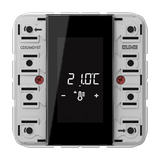

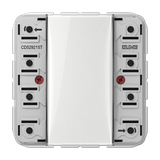

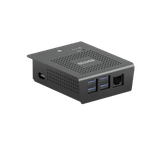
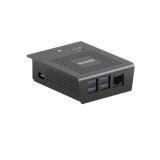
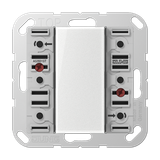
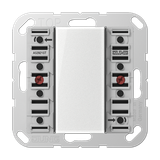

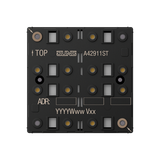


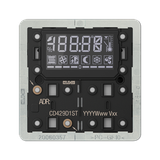
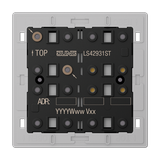
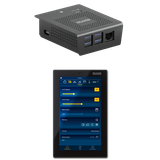

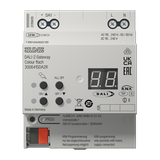

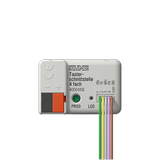
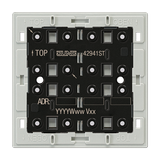
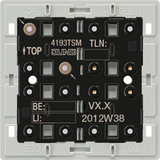

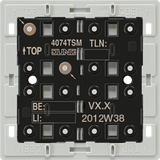


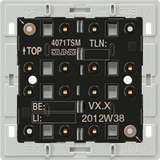

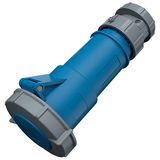


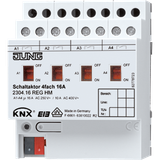

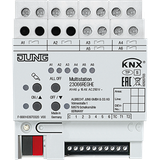
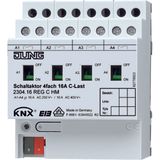



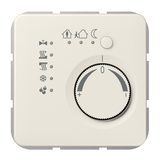
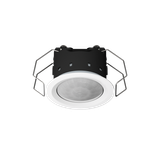
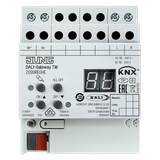
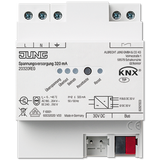

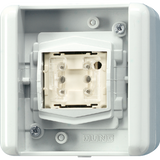

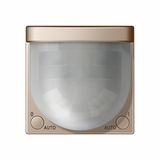

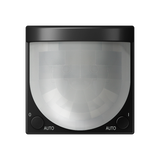
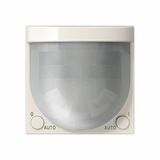


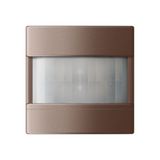
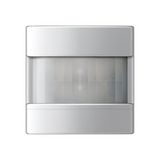


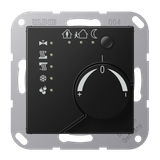
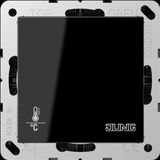

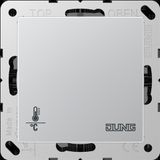

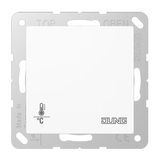
Jung building automation: the system intelligence behind the scenes
Building automation isn’t just turning lights on and off or controlling blinds. With Jung building automation, you’re dealing with an entire layer of logic, sensors, and feedback loops — and it’s built for professional installations. Whether it’s an office block, a hotel, or a multi-unit residence, these systems manage comfort, energy consumption, and security simultaneously. With Jung’s automation core you might find KNX-driven actuators, presence sensors communicating with HVAC, timers setting lighting scenes — all wrapped in one ecosystem.
The advantage? One vendor-ecosystem means fewer compatibility headaches, uniform design, and easier maintenance decades later.
Jung motion and presence sensors plus smart timers
A key visible layer of automation: Jung motion and presence sensors detect occupancy, motion, ambient light, even vibration or temperature drift. These feed into control algorithms that determine how lighting, heating, and shading behave. Then you have Jung timers and time switches (including Jung staircase timer switches for common areas) which handle predictable routines: lights out at midnight, lower heating demand after hours, or pre-setting scenes for arrival.
These are not off-the-shelf hobby parts — they’re industrial-grade. The motion detectors are often mounted at heights, facing dynamic environments, and still perform reliably because Jung uses top-quality lenses, filters, and internal logic. Timers, similarly, offer precise intervals, multi-channel switching, and override functions for maintenance or emergencies.
Jung KNX control components and automation accessories
When you go beyond simple sensors and timers, you enter the realm of Jung KNX control components. These modules live in the electrical cabinet, relay commands, read sensors, talk to gateways, and allow remote & scene control. For instance, a KNX actuator might switch blinds and lighting simultaneously when a room becomes unoccupied, triggered by a presence sensor.
Supporting the system are Jung automation accessories—bus couplers, wiring harnesses, extension modules, operator panels. The ecosystem is built so that when one part gets replaced after 10 years, the rest still fits and functions. For installers this means lower retraining, fewer custom parts, and predictable service calls.
Project logic: how the pieces work together
Imagine you’re working on a new mixed-use building with offices, retail and apartments. You install Jung building automation in the core areas (lobbies, HVAC rooms, fire/evacuation routes). In the retail zone you use Jung motion and presence sensors + timers so lighting adapts to actual foot-fall. In each apartment you install Jung KNX control components so the owner can set scenes (“Evening”, “Away”) and integrate modules later (e.g., EV-charger, PV monitoring) without rewiring the whole thing. The accessory range means you source all parts from one catalogue. The result: lower installation cost, fewer vendor negotiations, uniform support.
Our advantages in Jung automatics and control supply
At Bank of Lamps we stock the full Jung automatics and control portfolio — from motion sensors and time-switches to KNX modules and automation accessories — ready for European-scale projects from our warehouse in Latvia. Our infrastructure includes 1.3 million SKUs across 96+ global brands, meaning you don’t wait for “incoming stock”.
What you get:
- Wholesale pricing and volume contracts tailored for integrators, OEMs and distributors.
- Fast dispatch in 48 hours to Germany, France, UK, Spain, Netherlands and the Baltics—so you stay on schedule.
- Full technical documentation and factory traceability for JW-certified Jung products—supporting audits, spec reviews and warranties.
- Cross-brand support: if you integrate Jung with other automation brands, we provide compatibility guidance and sourcing from one supplier.
If you’re setting up control systems that need to run reliably for years, want the advantage of a unified ecosystem and project-friendly logistics, working with us for Jung automatics and control means setup simplicity, fewer headaches and long-term performance you can trust.